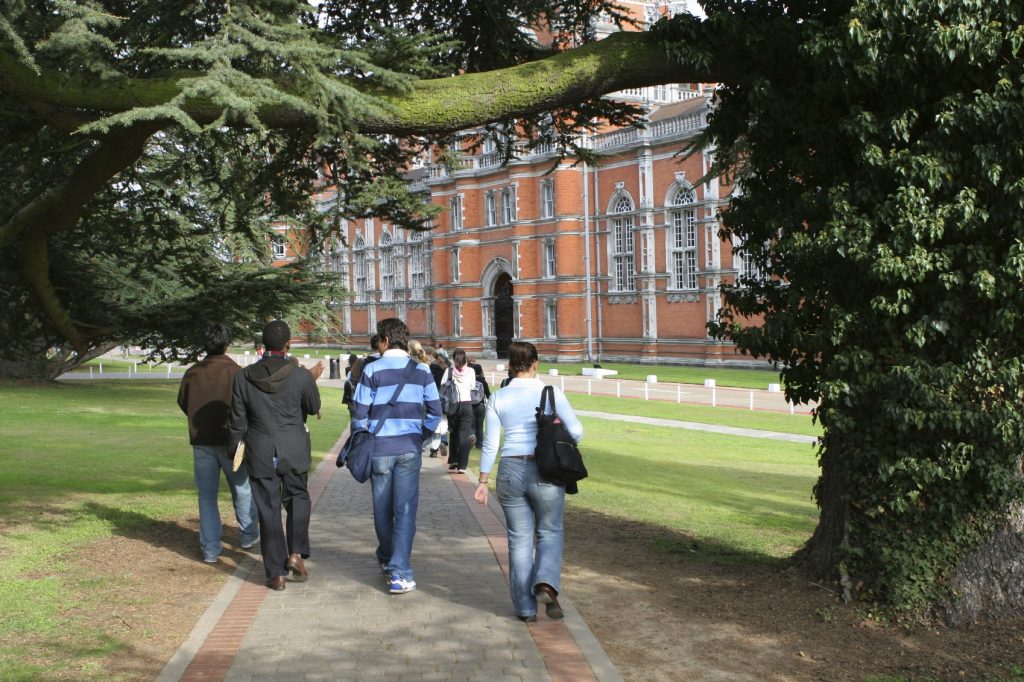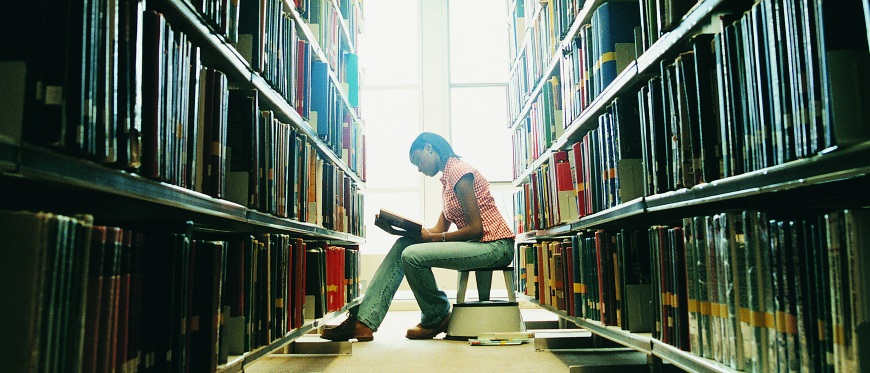Globally, the COVID-19 pandemic has presented many unique challenges for higher education institutions. As one of the most people-intensive – and therefore high-risk – sectors, education finds itself at a crossroads after two years of unprecedented disruption.
As we work towards a world of living with COVID-19, students, teachers, and government leaders alike have been scrutinizing higher education through a new lens. According to the European University Association: ‘There is a growing sense of being at a tipping point, a time of transformation driven by multiple economic, political and environmental pressures.’1
The pandemic prompted an examination of how education facilities are set up, managed, and maintained. Dr Fernando León García, president of Centro de Enseñanza Técnica y Superior in Mexico, said: ‘It has forced us to review everything we are doing to try to recover what we can, but not to simply go back to the status quo.’2
Here, we examine five of the key trends shaping the future of higher education.
1. Campus hygiene continues to be critical

The pandemic propelled greater hygiene expectations across all high-traffic establishments, and higher education facilities are no exception. As more students return to in-person learning, a safe and hygienic campus experience will be vital.
A 2021 JLL study3 showed campus cleanliness and indoor air quality rank in the top three most important factors for college or university selection – just after quality of academics. Students increasingly expect a clean campus across all touchpoints, from science labs and libraries to classrooms and large lecture halls.
Outside of study spaces, campus facilities such as restrooms are another big consideration point. According to a Tork survey4, 68% of students say poorly maintained school restrooms show that the school doesn’t care about students and is indicative of poor management, lowering their overall opinion of the school. As well as regular deep cleaning and providing hand sanitizer at key touchpoints, universities and colleges can level up their campus experience by making it easy for students to report custodial issues. Facilities teams should be on hand to deal with issues including safety hazards, malfunctioning equipment, restroom problems and trash pickup to keep campuses safe and hygienic.
2. Green cleaning programs grow in popularity
Cleaning products are essential for maintaining a sanitary environment in colleges and universities. However, the chemicals present in common cleaning products can be hazardous to both the health of students and teachers, and toxic to the environment. As we work towards a more eco-friendly future, it’s likely that we’ll see more schools develop and implement green cleaning programs.
Green cleaning programs are designed to protect health while minimising harm to the environment. Some low-grade cleaning products emit fumes that contribute to low air quality. Choosing environmentally sensitive certified cleaning products can make sanitizing schools safer for janitors and cleaners, as well as students, teachers and visitors using the facility. The University of Connecticut has committed to reducing hazards related to harmful cleaning products5. Where possible, the cleaning team choose low toxicity, low volatile organic compound (VOC) products, reduced packaging and low life cycle energy use. Other states are also implementing policies that facilitate green cleaning. In 2017, California enacted a law that requires cleaning product manufacturers to disclose chemicals used in their products – and require employers to provide that information to their employees6.
3. Residence halls will need revitalizing
Messy roommates and grimy communal bathrooms have long been romanticized as a quirk of the college living experience. However, the pandemic has shattered the illusion that less-than-ideal accommodation is a rite of passage of being a college student.
Many prospective students now question the normalization of unhygienic residence halls, dormitories, and shared housing. According to a study by JLL7, 86% of parents rank the look and feel of a campus as important when it comes to selecting a college for their children. Similarly, 88% of parents highlight the physical condition of a building as an important consideration point.
As we work towards a cleaner, safer future, universities will be expected to create more sanitary living quarters for students. Raising the standards of older residence halls and shabby dorm rooms is a complex task that requires facility teams and students to work together towards a shared goal. Carrying out any necessary structural renovation work and engaging in preventative maintenance is key to creating an empowering and vibrant university living environment. Investing in deep cleaning programs, supplying cleaning staff with the right wiping and cleaning tools and creating incentives for students to clean can help support the physical condition of campus living spaces.
4. More sustainable buildings are in demand

Sustainability is increasingly at the front of people’s minds – and this is especially true of young people. According to the Essity Green Response Survey 20218, the pandemic influenced 49% of people to live a more environmentally friendly lifestyle. Furthermore, around 70% of Millennials and Gen Z prefer to work in a company with a strong sustainability agenda.
For universities and colleges to attract talented students, they must show a willingness to engage with matters that are important to ‘Generation Green’. Many universities are highlighting their sustainability missions in marketing literature, setting out long-term plans to meet United Nations Sustainable Development Goals9.
Students are truly the driving force behind the shift towards sustainability. Many are setting up green offices and societies, challenging their deans and presidents to make tangible changes to protect the environment. Examples of immediate improvements include amplifying campus recycling programs, making the switch to energy-saving lightbulbs, or swapping to sustainability certified hygiene products. When it comes to making long term impactful changes, universities could aim towards achieving LEED certification as the ultimate mark of sustainability excellence.
5. Artificial Intelligence will support student services
Universities often have a hand in producing the knowledge that underpins technological advancement, so it makes sense that innovation will become a central element of higher education activity.
Graduates are being equipped to work in increasingly digitized markets, with a strong focus on Artificial Intelligence (AI)10. According to Enrollment Management Report11, AI could bring significant change to colleges and universities of all types and sizes.
Machine learning can support an array of different higher education processes, including assisting college admissions teams. Algorithms can predict the applicants likely to accept and enroll, and the states or countries where they originate. Algorithms can also be used to suggest the students who are likely to graduate and become engaged alumni. On campus, upgrading to data-driven cleaning systems such as Tork Vision Cleaning can make a serious difference to optimizing efficiency and cleaning resources. By using real-time data to track people traffic and monitor dispenser refill levels, identify improvements to cleaning procedures and improve adherence to safety regulations, hygiene standards in higher education facilities can quickly change for the better.
How education facilities can go further
Campus cleanliness and hygiene are primary concerns for students today – so should therefore be considered priorities for facility managers. Staying at the cutting edge is vital to maintain a position as an attractive and welcoming institution for students to attend. By following the advice above to meet demand for these developing trends, you can ensure your facility is totally prepared for all eventualities – whether in the unique circumstances of a pandemic or beyond.
Sources
1 EUA: Universities without walls
2 University World News: Innovation and inclusion are the future
3 JLL: Higher Education Survey
4 Tork: Student experience and sustainability on campus
5 University of Connecticut: Green Cleaning
6 California Legislative Information: Cleaning Product Right to Know Act of 2017
7 JLL: Higher Education Survey
8 Essity: Green Response Report 2021
9 EUA: Universities without walls
10 EUA: Universities without walls
11 University Services: Artificial intelligence may influence higher education admissions
